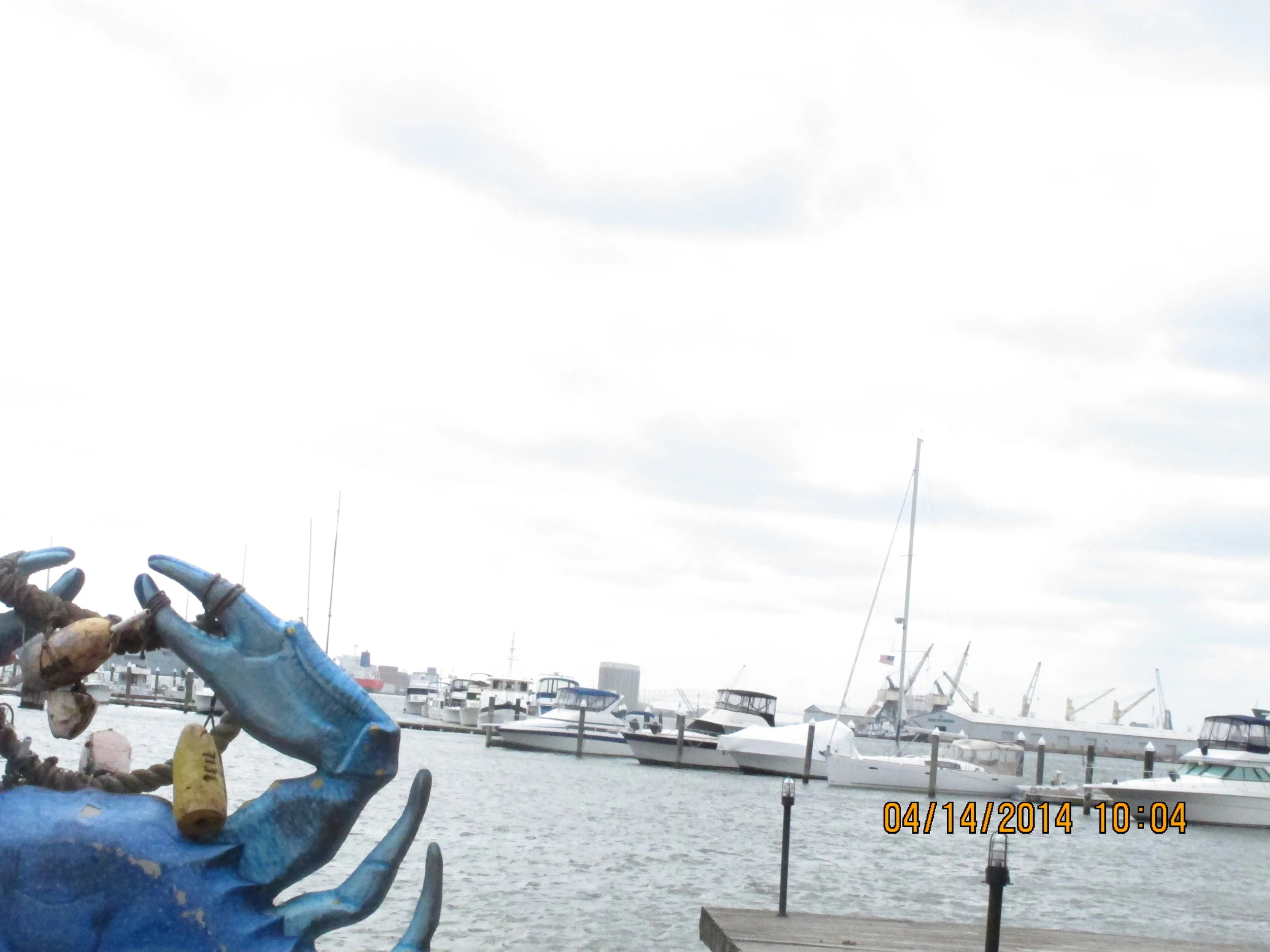The Making of a Room Where it Happens
/In my house these days, dish cleanup and homework groove to the bop of the Hamilton cast album. The album conveys the musical's tale of what happens when a person cast aside from the elect yearns to make history. You get tragedy, heroics, and this ongoing experiment we call democracy. It bolts some lift into your heels when you have to snap on Tupperware lids, to remember that wars and compromises led us to overuse fossil fuel, overbuild sprawl, and grapple in stretches and struggles with the mandate to treat all humans with respect.
The plot turns on a moment when Alexander Hamilton, the ferocious and far-thinking immigrant, cuts a deal with plantation-bred theorists Thomas Jefferson and James Madison. Aaron Burr, the show's narrator and the man who killed Hamilton, busts out a show-stopper about craving access to deals like this- knowing how to lay out the terms and arrange the perks to make an agreement among rivals. "I want to be in the room where it happens," croons and growls Burr- and so does my family, with a broom or a pencil or a toothbrush for percussion.
Well, as in the muddy young republic so it is today in the contracting one. With coastlines shrinking and solar power spreading, more talk turns on who gets a deal then on how the deal assembles. And that flows from the human longing for safety- we need to first feel protected before we can yield up the brain cells to figure out how to build the shelter. This time, though, the tragedy involves millions losing out on paths to durable urban living because they don't get to tap into political calculations.
And in that morass, a quote from architect Louis Kahn points toward some of the agreement techniques we need to teach our kids and ourselves. An immigrant like Hamilton, Kahn explored how light can bring complex stories to simple walls. My architecture prof in college - or at least my notebook from that prof's lecture- quoted Kahn as saying that "a street is a room by agreement." The architect's romance in this quote never meant to describe political reality, of course- it sets forth goals for public design. When people share a space, they should be able to treat it as a space to which they claim equal rights and for which they divvy responsibility.
All that depends on education, wellness, rule of law, a sense of history, and a sense of hope. And those psychological assets require a confidence that the systems determining your lot can open and can change to provide more safety, more light and more hope.
How do you teach that confidence? One method involves training young people to read the ecology as one of several systems affecting their well-being. Another involves teaching history, social studies and STEM with callouts for the ways one opinion can mesh with another opinion to produce a third approach. I've tested role-play means of getting kids to think critically about where they can intervene. Schoolwork can also include critical reading, reenactments, projects, service and applied science. Excellence in school- and in internships and in jobs- should reflect how thoroughly a student reads the systems around her and how precisely she pinpoints a way to make those systems more inclusive and stabler.
Our kids and thousands of others thrill to Hamilton in part because it gives a rush to see the story of making America as a chain of ideals and deals, mutable and full of passion at all times.
They stick with it because the play's final songs (no spoilers) bet firmly on the possibility of accord. People realize they can share space with their competitors and share credit with people who take different paths. Facing down climate change means laying bare some painful secrets- that prosperity burned our coastline, that safety for a few heightens danger for the many. The more we can use words and models and tools to open those secrets, the sweeter will be the light in all our (water-tight) rooms.

